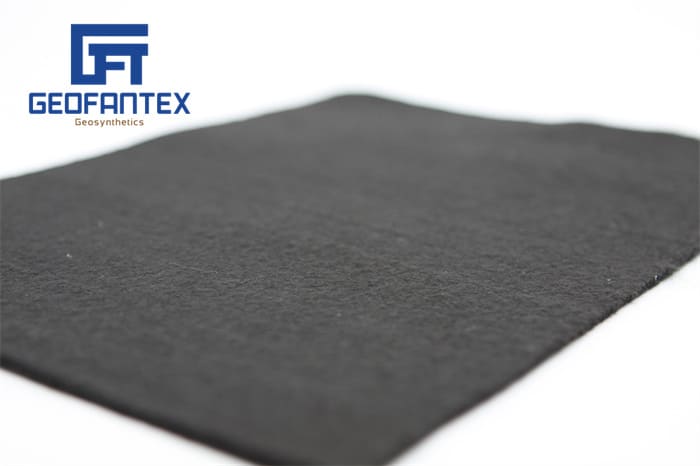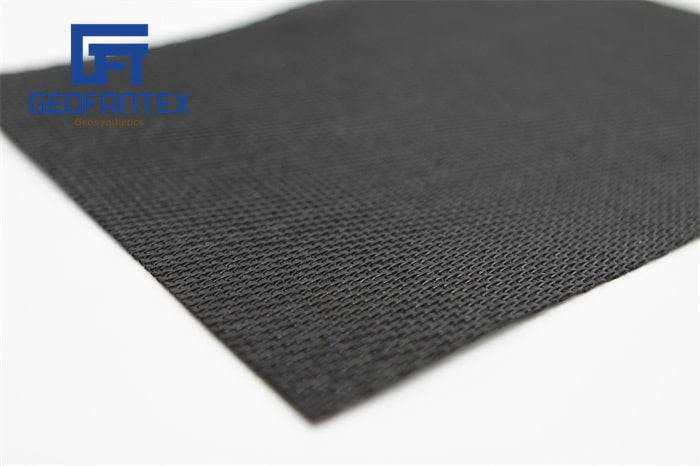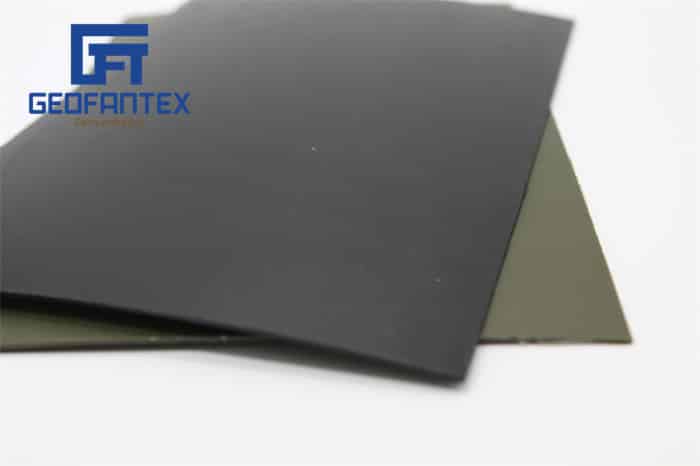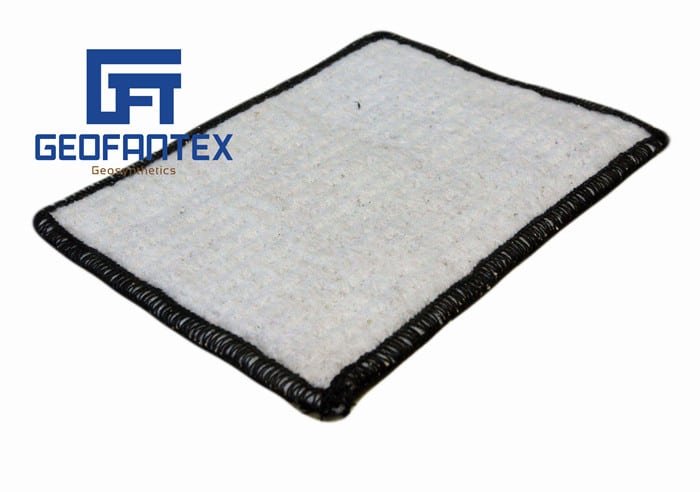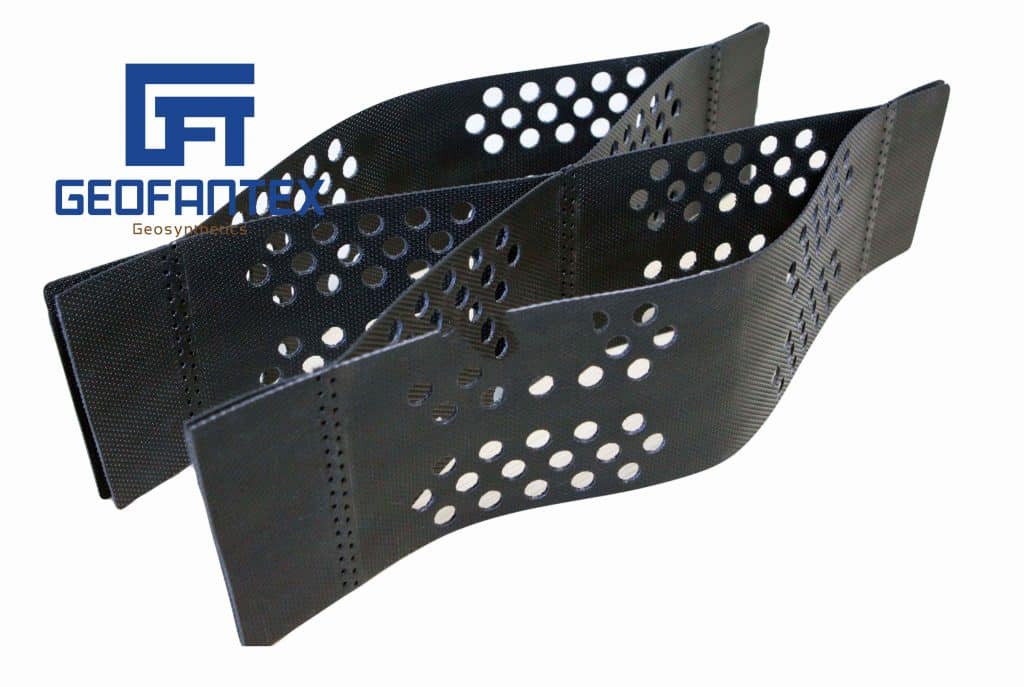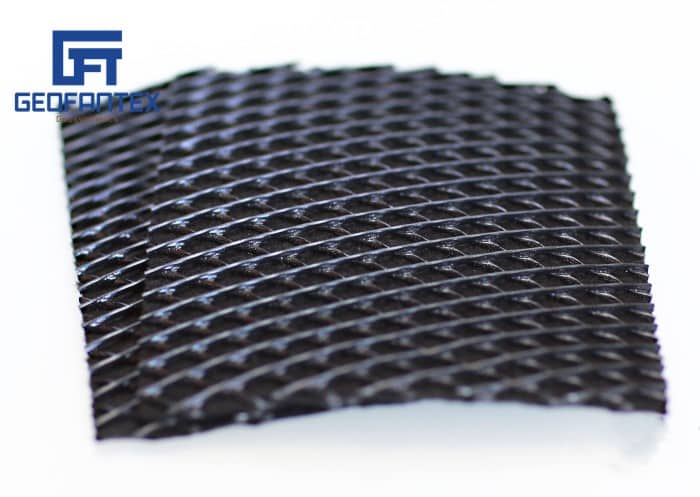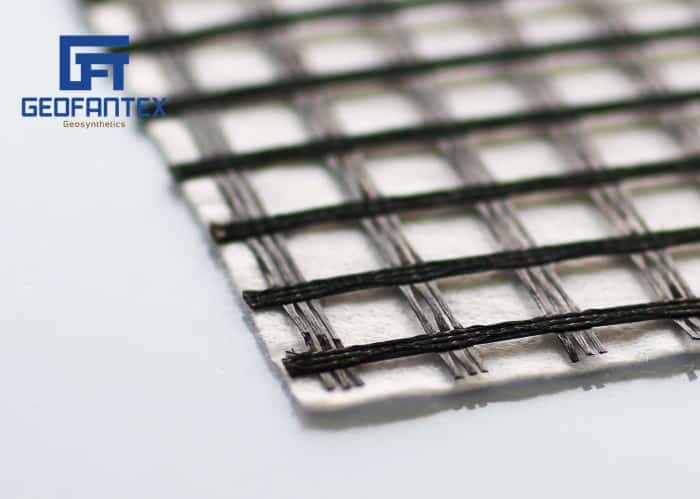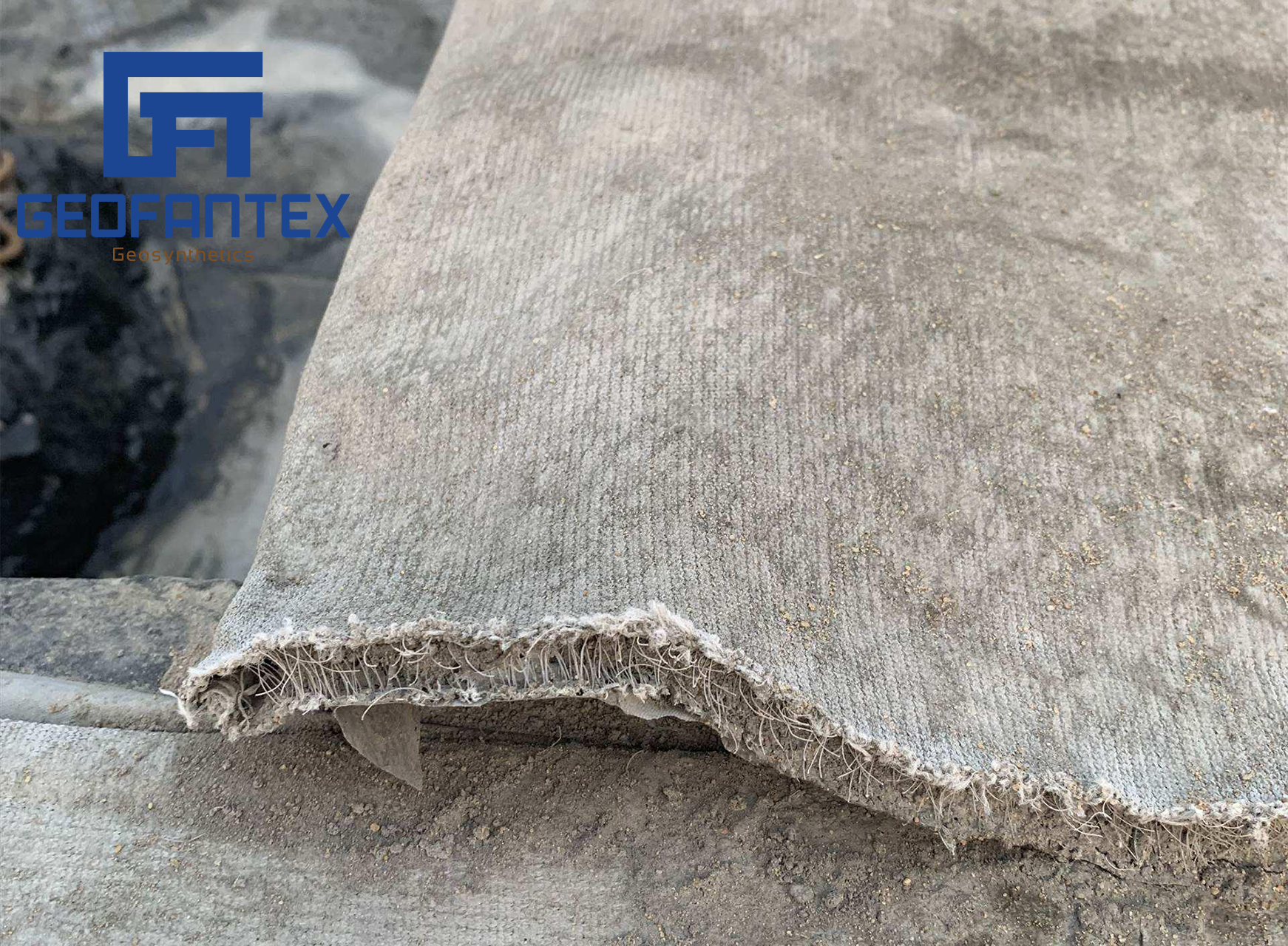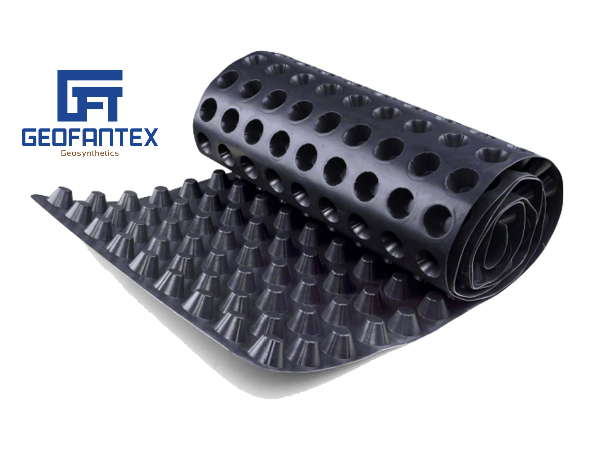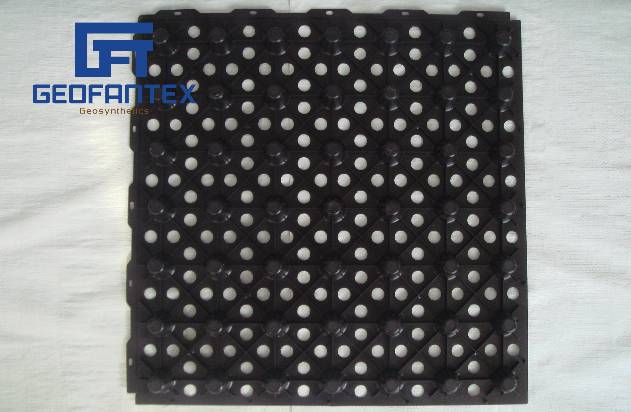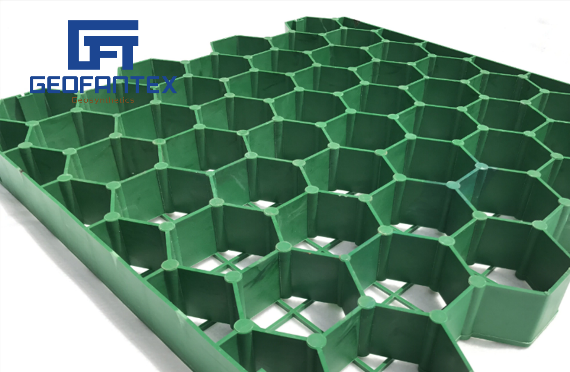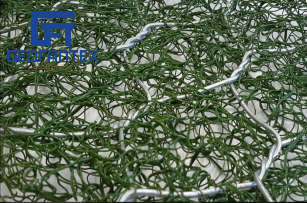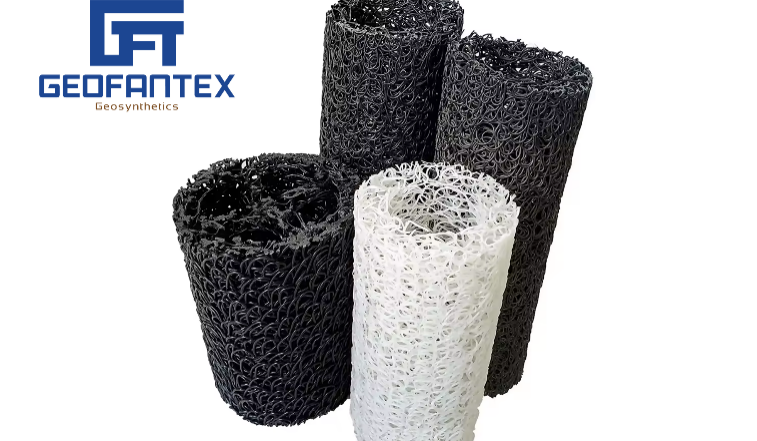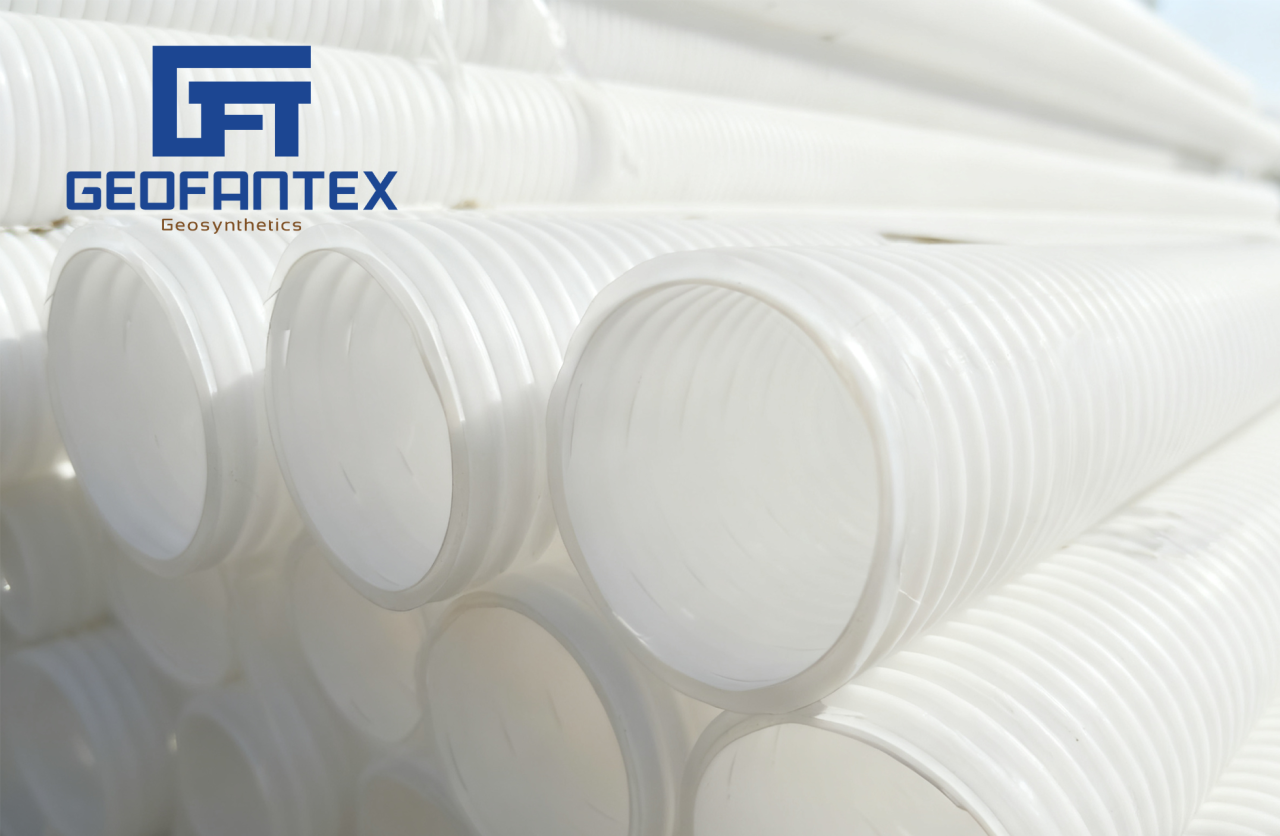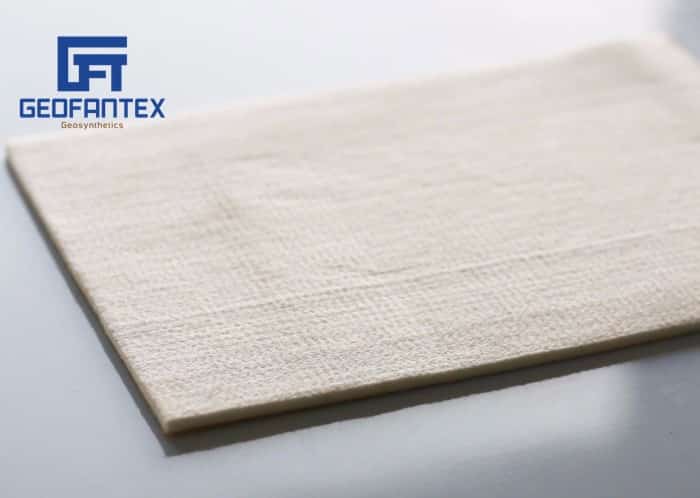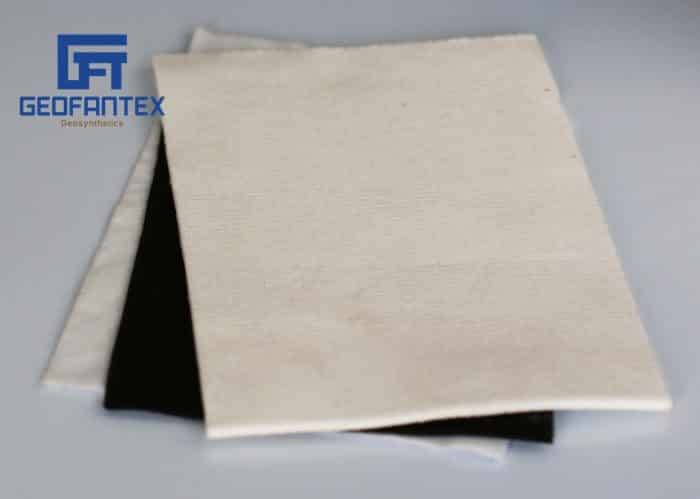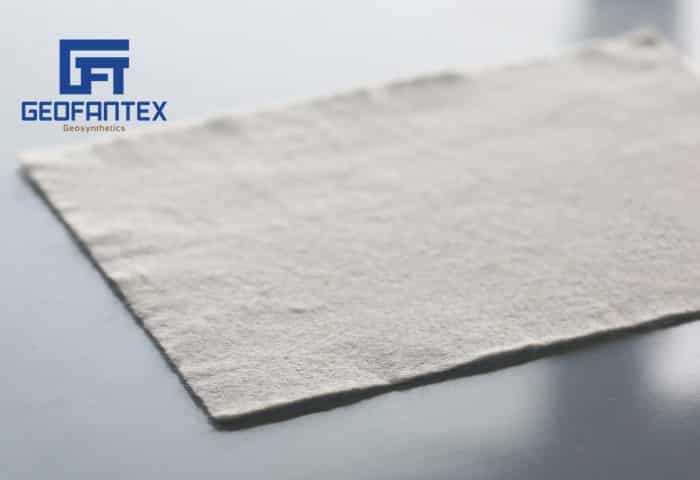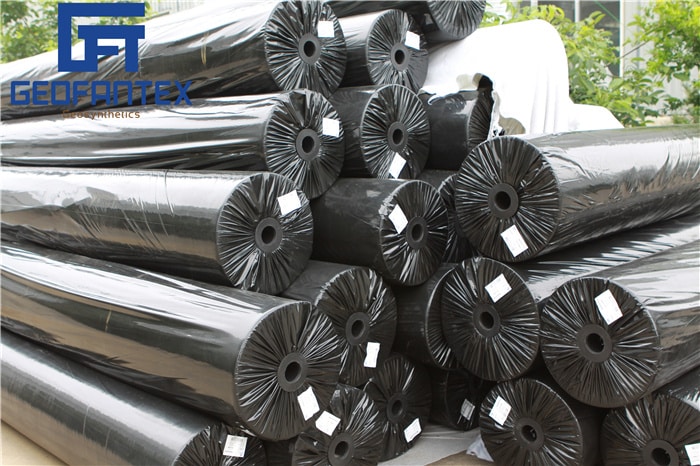+86-159 9860 6917
info@geofantex.com
geofantex@gmail.com
+86-400-8266163-44899
This article delves into the critical role played by geotextile liners in landfill operations. It aims to educate readers about what geotextile liners are, their importance in landfills, and the reasons behind their widespread use in modern waste management practices. By addressing key questions, the article highlights the significance of these liners in ensuring environmental safety and effective landfill management.
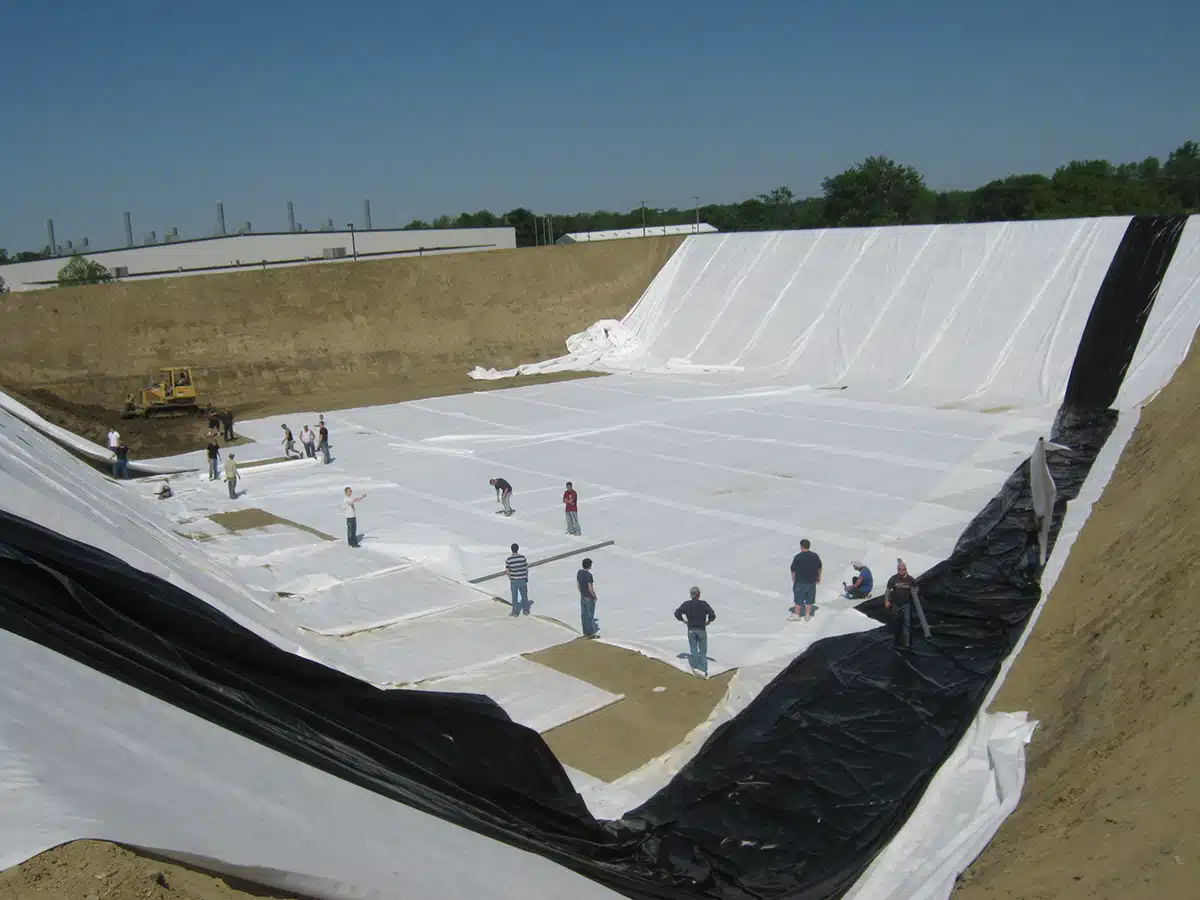
What is the geotextile layer in a landfill?
The geotextile layer in a landfill is a permeable fabric used to separate, filter, reinforce, and protect other geosynthetic layers within the landfill lining system.
- Separation: It prevents soil or waste materials from mixing with drainage or protective layers.
- Filtration: Allows water or leachate to pass through while retaining soil particles, preventing clogging of drainage systems.
- Protection: Acts as a cushioning layer for geomembranes, protecting them from punctures caused by sharp waste or stones.
- Reinforcement: Increases the overall stability of landfill slopes and lining systems.
- Applications: Commonly combined with geomembranes, geonets, or geocomposites to ensure efficient leachate collection and environmental protection.
Why is geotextile used in landfills?
Geotextile is used in landfills to enhance the landfill’s structural integrity, protect containment systems, and improve leachate management.
- Separation: Prevents mixing of soil and waste layers, maintaining the effectiveness of drainage and liner systems.
- Filtration: Allows liquids like leachate to pass while retaining soil particles, avoiding clogging of drainage layers.
- Protection: Cushions geomembranes and other liners from punctures caused by sharp debris or heavy loads.
- Reinforcement: Adds strength to landfill slopes and liners, increasing stability and lifespan.
- Environmental safety: Helps prevent contamination by ensuring proper containment and drainage.
Why are liners important in landfills?
The liners in landfills are vital components that serve as barriers to protect the environment from contamination by waste materials.
- Containment: They prevent hazardous leachate from leaking into surrounding soil and groundwater.
- Environmental protection: Liners reduce the risk of soil and water pollution, safeguarding ecosystems and public health.
- Regulatory compliance: They help landfill operators meet strict environmental regulations and standards.
- Durability: Made from materials like geomembranes and geosynthetics, liners resist chemical corrosion and physical damage.
- Longevity: Proper liners extend the operational life and safety of landfill sites by maintaining waste containment.
Why is the liner of the landfill so important?
The liner of a landfill is crucial because it acts as the primary barrier that prevents harmful leachate and contaminants from seeping into the surrounding soil and groundwater.
- Containment: It securely contains waste materials, minimizing environmental pollution.
- Protection of groundwater: Prevents toxic substances from contaminating water sources.
- Regulatory compliance: Meets legal standards for environmental protection in waste management.
- Durability: Modern liners, often made from geomembranes and geosynthetics, resist punctures, chemical degradation, and extreme weather.
- Longevity: Extends the safe operational life of the landfill by maintaining structural integrity.
In conclusion, geotextile liners play a vital role in the modern management of landfills. They not only enhance the physical stability and functionality of landfill sites but also significantly contribute to the protection of the environment by preventing soil and water contamination. Understanding the importance of these liners is crucial for anyone involved in waste management and environmental protection.
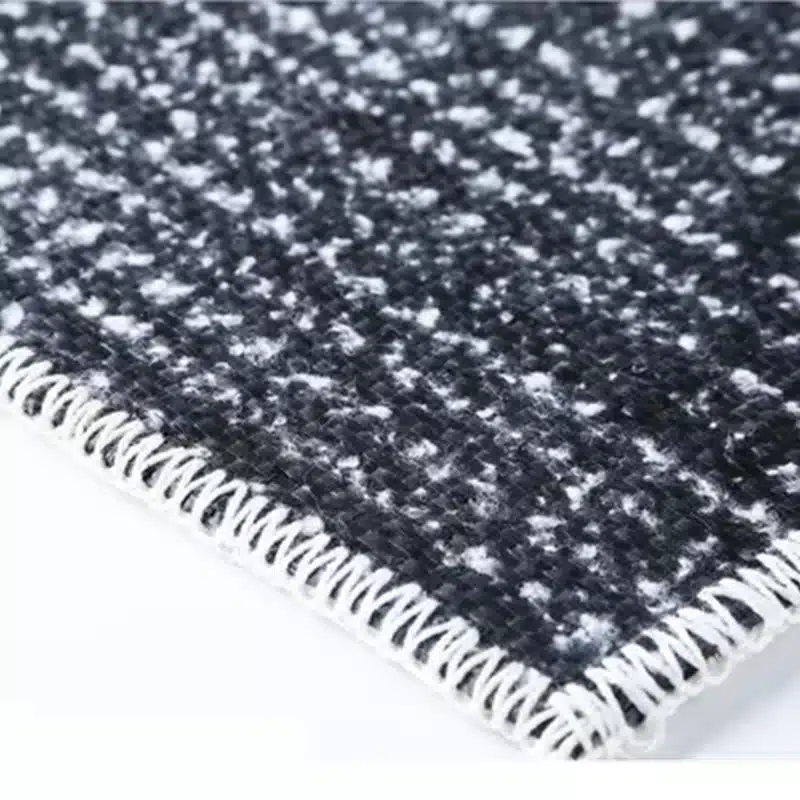
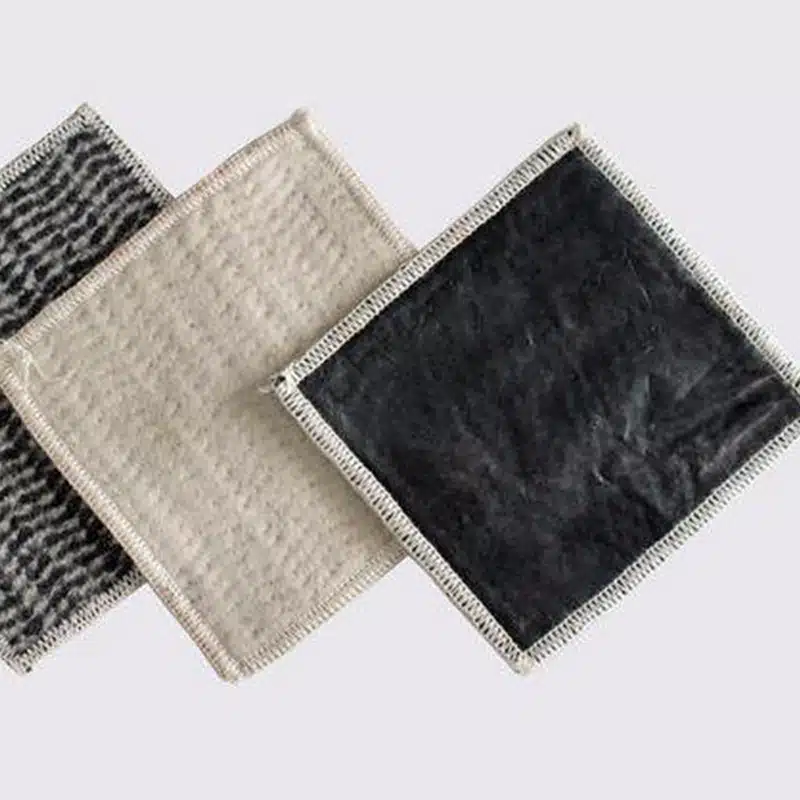

Get Free Sample
We’ll respond as soon as possible(within 12 hours)

